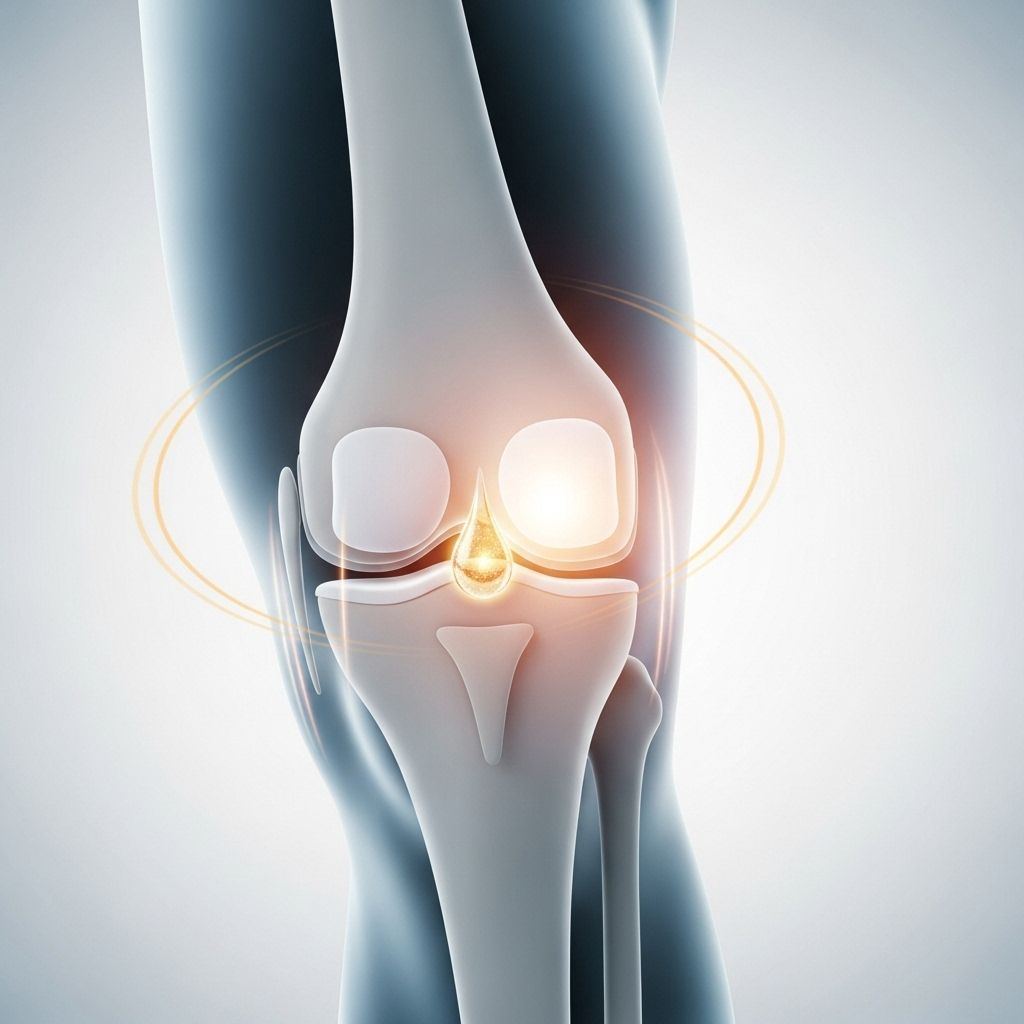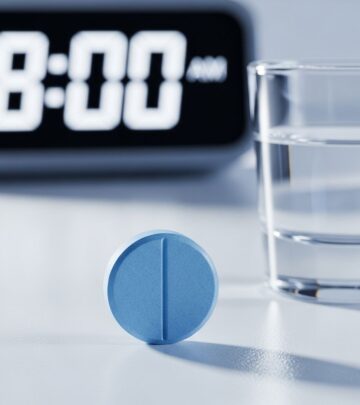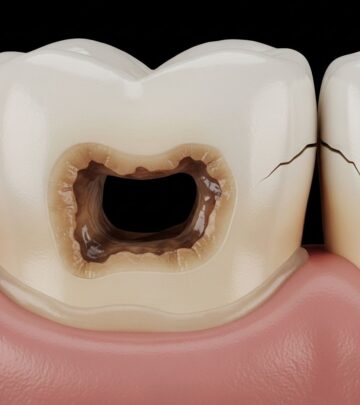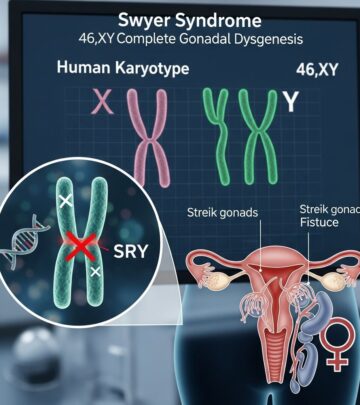Viscosupplementation Therapy for Knee Arthritis: A Comprehensive Guide
An in-depth exploration of viscosupplementation: a minimally invasive treatment to ease knee arthritis symptoms and improve joint function.

Viscosupplementation Therapy for Knee Arthritis
Knee osteoarthritis (OA) is a prevalent cause of joint pain and functional impairment among adults, often leading to significant limitations in daily activities. Standard nonsurgical approaches—such as physical therapy, weight management, and oral medications—remain primary interventions, but not all patients find lasting relief. Viscosupplementation is a minimally invasive procedure that offers an alternative option for those with persistent knee arthritis symptoms.
What is Viscosupplementation?
Viscosupplementation is a procedure in which a gel-like substance, hyaluronic acid (HA), is injected directly into the knee joint. The aim is to supplement the joint’s natural synovial fluid—the fluid responsible for lubricating cartilage, minimizing friction, and absorbing shock during movement. In people with osteoarthritis, synovial fluid often has a reduced concentration and quality of hyaluronic acid, diminishing its protective and lubricating properties.
- Hyaluronic acid is a naturally occurring molecule in healthy synovial fluid and cartilage.
- HA contributes to viscoelasticity, helping the joint bear weight and move smoothly.
- OA leads to thinning and degradation of synovial fluid and cartilage matrix, aggravating pain and stiffness.
Why Consider Viscosupplementation?
The primary reasons for using viscosupplementation are to:
- Improve joint lubrication and function
- Relieve pain associated with osteoarthritis of the knee
- Increase mobility for people who have not found relief with standard treatments
It is not a cure for arthritis and does not regrow lost cartilage, nor does it halt disease progression. Instead, it provides symptomatic relief to facilitate daily function and potentially delay surgical options.
How Does Viscosupplementation Work?
Viscosupplementation restores the physiological and rheological properties of the synovial fluid through direct injection of hyaluronic acid. Research indicates that HA not only improves joint lubrication but may also have anti-inflammatory effects, downregulating destructive enzymes and inflammatory mediators within the joint space.
- Acts as a lubricant, allowing bones to glide smoothly over each other
- Serves as a shock absorber, protecting the joint from excessive stress and wear
- Potentially modulates inflammation and slows the breakdown of cartilage matrix proteins
Who is an Ideal Candidate?
Viscosupplementation is generally indicated for adults with knee osteoarthritis who:
- Have ongoing pain or stiffness despite following conservative management (e.g., physical therapy, oral medications, bracing)
- Are not suitable candidates for knee replacement surgery or wish to delay such procedures
- Prefer less invasive interventions over surgical options
It is not usually recommended for patients with:
- Active infections in or around the knee
- Known allergies to components of the injection
- Advanced OA with severe joint deformity and cartilage loss
Overview of the Procedure
Viscosupplementation is typically performed in an outpatient or office setting by an orthopedic specialist or rheumatologist. The process includes:
- Evaluation & Preparation
- A thorough assessment, sometimes including X-rays or MRI, to confirm the diagnosis and evaluate the suitability for the procedure.
- Injection Procedure
- The knee area is cleaned, and a local anesthetic may be applied to minimize discomfort.
- A fine needle is inserted into the knee joint space. If significant fluid is present, it may be aspirated first.
- Hyaluronic acid is injected directly into the joint. The specific product and number of injections depend on the regimen (some require a single injection; others may need 3–5 injections at weekly intervals).
- Post-Procedure Care
- Patients are usually able to walk out after the procedure but are advised to avoid strenuous activity involving the knee for 48 hours.
Types of Viscosupplements
Several hyaluronic acid preparations are used in viscosupplementation. These can be classified based on their molecular weight and production method:
- Low-molecular-weight products: e.g., Hyalgan, Supartz FX
- High-molecular-weight products: e.g., Synvisc, Synvisc-One, Monovisc, Hylan G-F 20
- Sodium hyaluronate and cross-linked hyaluronic acid formulations
Single-injection and multi-injection regimens are available. The choice depends on provider preference, patient characteristics, and insurance coverage.
Common Brand Names
- Hyalgan
- Supartz
- Euflexxa
- Synvisc, Synvisc-One
- Orthovisc, Monovisc
- Gel-One, Gelsyn-3
Benefits of Viscosupplementation
Clinical studies and patient experiences suggest the following potential benefits:
- Improved knee lubrication and shock absorption
- Decreased pain, particularly during movement or weight-bearing
- Increased range of motion and functional ability
- Delay in the need for surgical interventions, such as knee replacement
However, results can vary. Some individuals experience significant relief, while others may notice little or no improvement. The effects may take several weeks to become apparent and generally last for six months or more before another round may be considered.
Limitations and Realistic Expectations
It is vital to understand what viscosupplementation can and cannot do:
- It does not cure arthritis or regrow lost cartilage.
- Works best for mild to moderate osteoarthritis; effects in advanced OA are limited.
- Best used as part of a comprehensive arthritis management plan, including physical therapy, weight control, and appropriate medication use.
Large-scale clinical trials indicate variability in benefit; some guidelines neither strongly endorse nor oppose its use, reflecting this inconsistency across patient populations.
Risks and Side Effects
Viscosupplementation is generally considered a safe and well-tolerated procedure. The possible risks include:
- Local reactions: pain, swelling, warmth, or stiffness around the injection site (usually mild and resolve within days)
- Bleeding or bruising at the injection site
- Infection (rare but serious; strict sterile technique minimizes risk)
- Allergic reactions to the injected material (extremely uncommon)
- Exacerbation of knee swelling, called a pseudoseptic reaction (rare)
How to Prepare for Viscosupplementation
- Discuss your complete medical history, allergies, and current knee symptoms with your healthcare provider.
- Avoid over-the-counter pain relievers that can thin blood (such as aspirin) for a few days before the procedure, unless directed otherwise.
- Arrange a ride if you feel you may be unable to drive comfortably after the injection, though most patients can resume basic activity quickly.
What to Expect After the Procedure
- You may resume normal activities after 24–48 hours, but avoid excessive standing, high-impact exercise, or long walks immediately post-injection.
- Symptom improvement may take several weeks to develop.
- If you develop fever, redness, or severe pain in your knee, contact your healthcare provider immediately to rule out infection.
Outcomes: How Effective Is Viscosupplementation?
Individual responses to viscosupplementation can vary. While some studies and patient reports indicate that viscosupplementation offers greater benefit than placebo, especially for pain relief and improved mobility, recent research and systematic reviews have shown mixed results when compared to standard treatments like NSAIDs or corticosteroid injections. In general:
- Pain relief is most likely in those with mild to moderate OA who have not responded to other treatments.
- Improvement may last from several months up to a year.
- Some patients require repeat courses every six months as symptoms recur.
Medical guidelines from authoritative bodies do not make strong recommendations either for or against routine use of viscosupplementation, largely because beneficial effects can be modest and unpredictable. Decisions are often individualized and made collaboratively between the patient and their physician.
Alternative and Complementary Treatments
- Lifestyle modifications: weight loss, activity adjustments
- Physical therapy: strengthening and range-of-motion exercises
- Use of supportive devices: braces, walkers, canes
- Medications: acetaminophen, NSAIDs, topical agents
- Corticosteroid injections
- Surgical options: for advanced cases unresponsive to conservative or injection therapies
Frequently Asked Questions (FAQs)
Q: What exactly is injected during viscosupplementation?
A: A synthetic or highly purified form of hyaluronic acid that mimics the body’s natural joint lubricant, injected to restore the function and viscosity of the synovial fluid.
Q: How long does it take for viscosupplementation to work?
A: While some people notice improvement within a few days, it most commonly takes several weeks after the full injection course to feel maximum benefit.
Q: How long do the results last?
A: Relief can last from several months to a year, with many patients requiring repeat treatments every six months to maintain symptom control.
Q: Are there risks with receiving viscosupplementation?
A: The procedure is safe for most, though minor local side effects (swelling, soreness) can occur. Infection or allergic reaction is rare.
Q: Can I receive viscosupplementation if I have severe arthritis or have already had a knee replacement?
A: It is not recommended for patients with very advanced degeneration or after total knee replacement. Suitability should be determined on a case-by-case basis by your specialist.
Q: What should I avoid after my injection?
A: Avoid strenuous activities involving your knee for 24–48 hours after the injection, but normal walking is encouraged as tolerated.
Key Points to Remember
- Viscosupplementation enhances joint lubrication but does not reverse or cure arthritis.
- It can help reduce pain and improve function for some patients.
- It is part of a larger arthritis management plan that may include exercise, weight control, medications, and sometimes surgery.
- Success is variable, and decisions about its use are highly individualized.
- Consult with an orthopedic specialist to determine if viscosupplementation is a good fit for your knee osteoarthritis management plan.
References
- https://pmc.ncbi.nlm.nih.gov/articles/PMC8567800/
- https://mahwahvalleyorthopedic.com/what-are-viscosupplement-injections/
- https://orthoinfo.aaos.org/en/treatment/viscosupplementation-treatment-for-knee-arthritis/
- https://arthritispatient.ca/wp-content/uploads/2020/11/Knee-Injections-for-OA.pdf
- https://www.hopkinsarthritis.org/ask-the-expert/viscosupplementation-for-severe-oa/
- https://www.webmd.com/osteoarthritis/osteoarthritis-hyalgan-synvisc
- https://www.hopkinsarthritis.org/ask-the-expert/viscosupplementatioon/
- https://my.clevelandclinic.org/health/procedures/knee-gel-injections-viscosupplementation
Read full bio of medha deb












